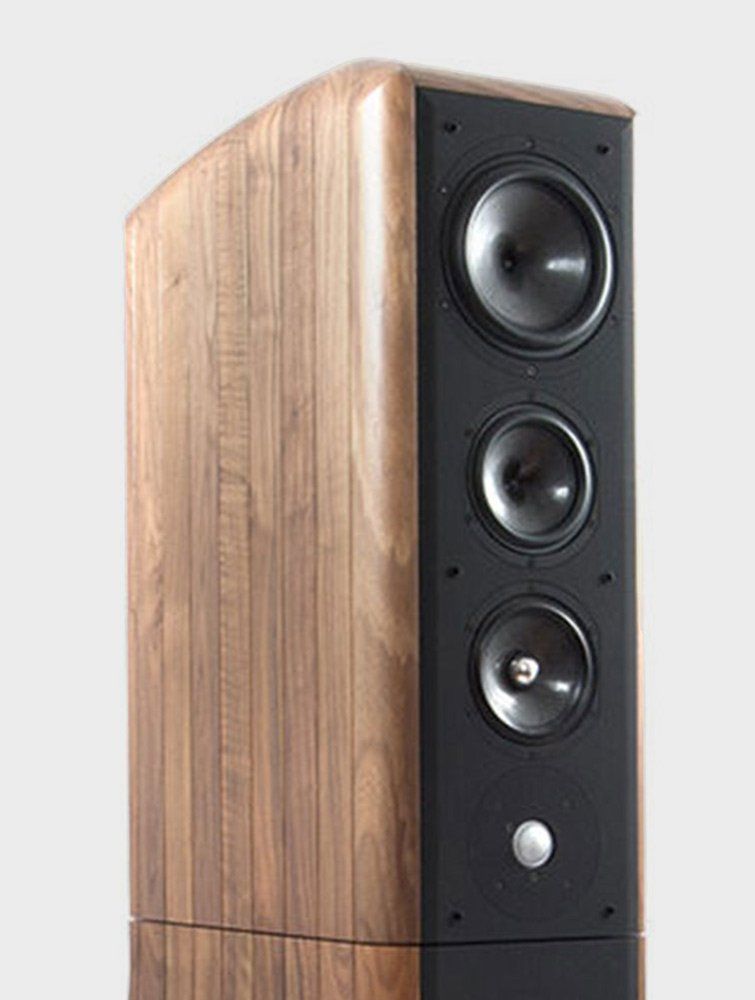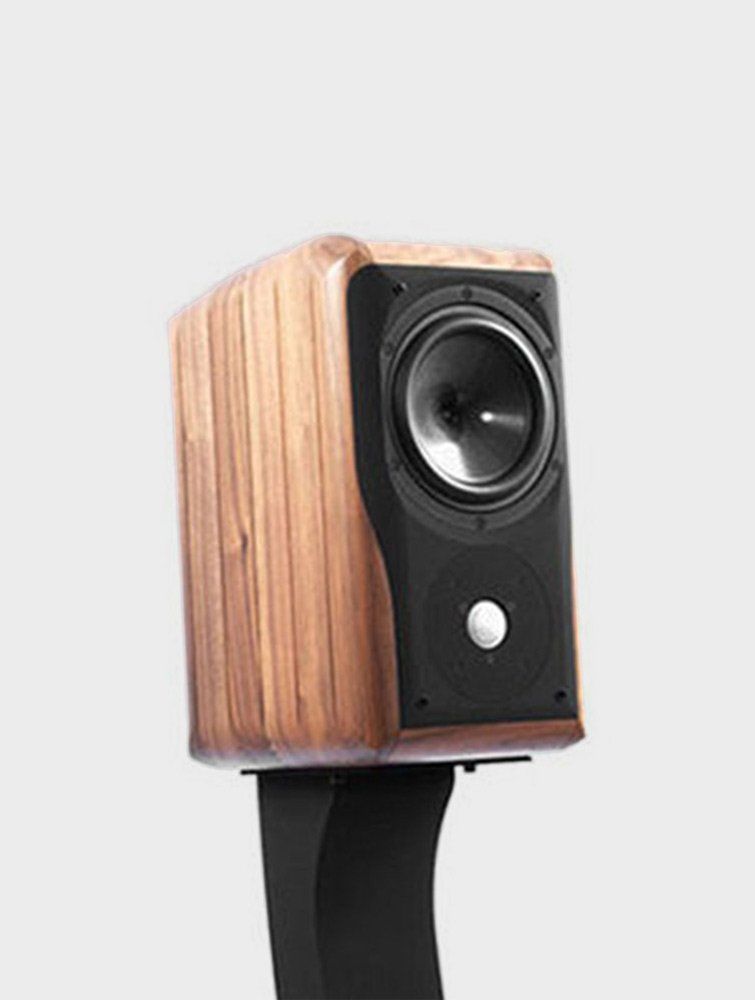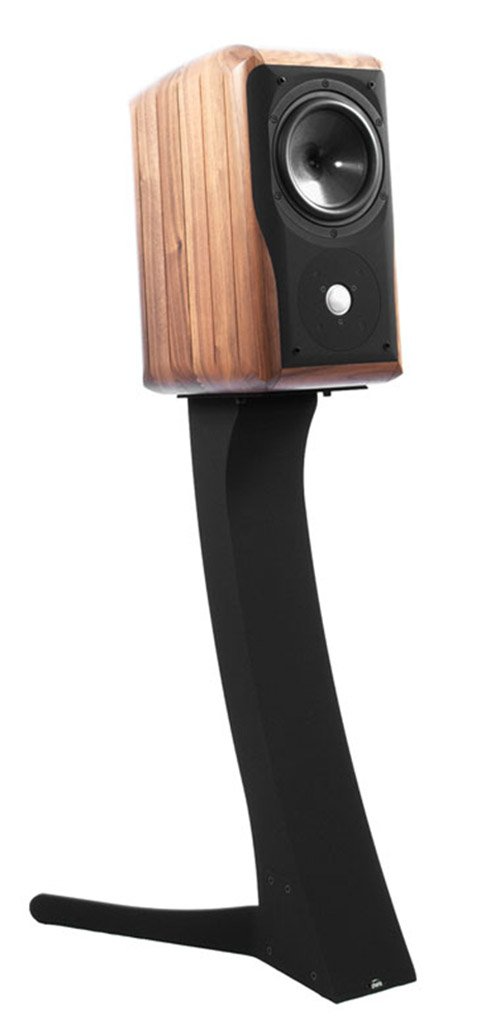
ACADEMY
SONNET
2 way Bookshelf
Listening to music on small-sized systems is a reasonable and quite understandable preference, given that they are easily installed in many venues.
Although the compromises required make this sort of design almost impossible, Sonnet offers a solution to bypass the Laws of Physics.
To integrate this strict definition, while we can safely say that we perform miracles to do our best at Chario Loudspeakers, we are nonetheless proud to say that we are strangers to miraculous designs.

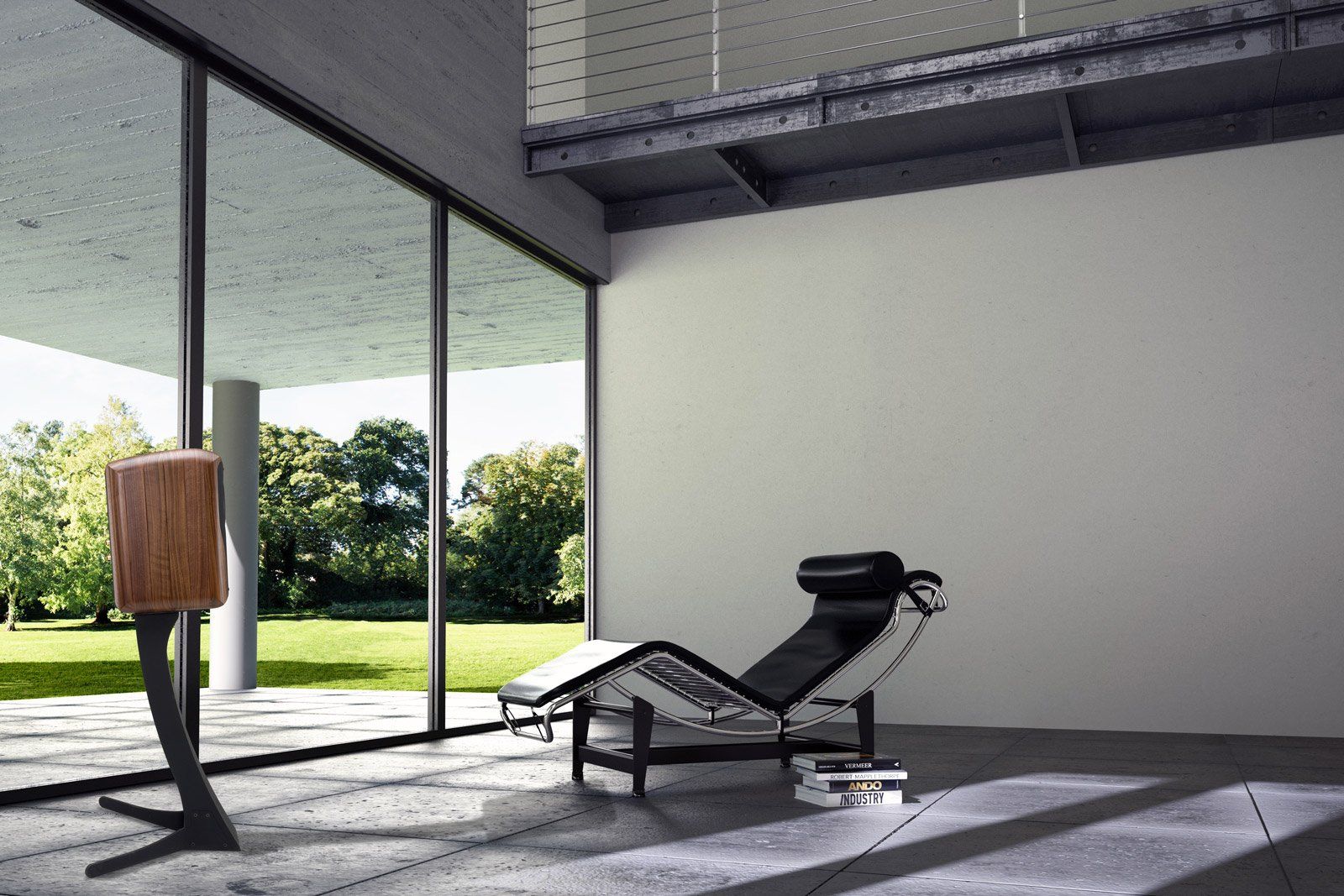
Virtual Image
An image speaks more than a thousand words ...
An image speaks more than a thousand words ... impressive Sonnet is eye-catching but appearance takes a back seat to the thrill of listening, as the ear falls under its spell and the speaker literally vanishes to leave room for the most incredible live stage experience you ever try
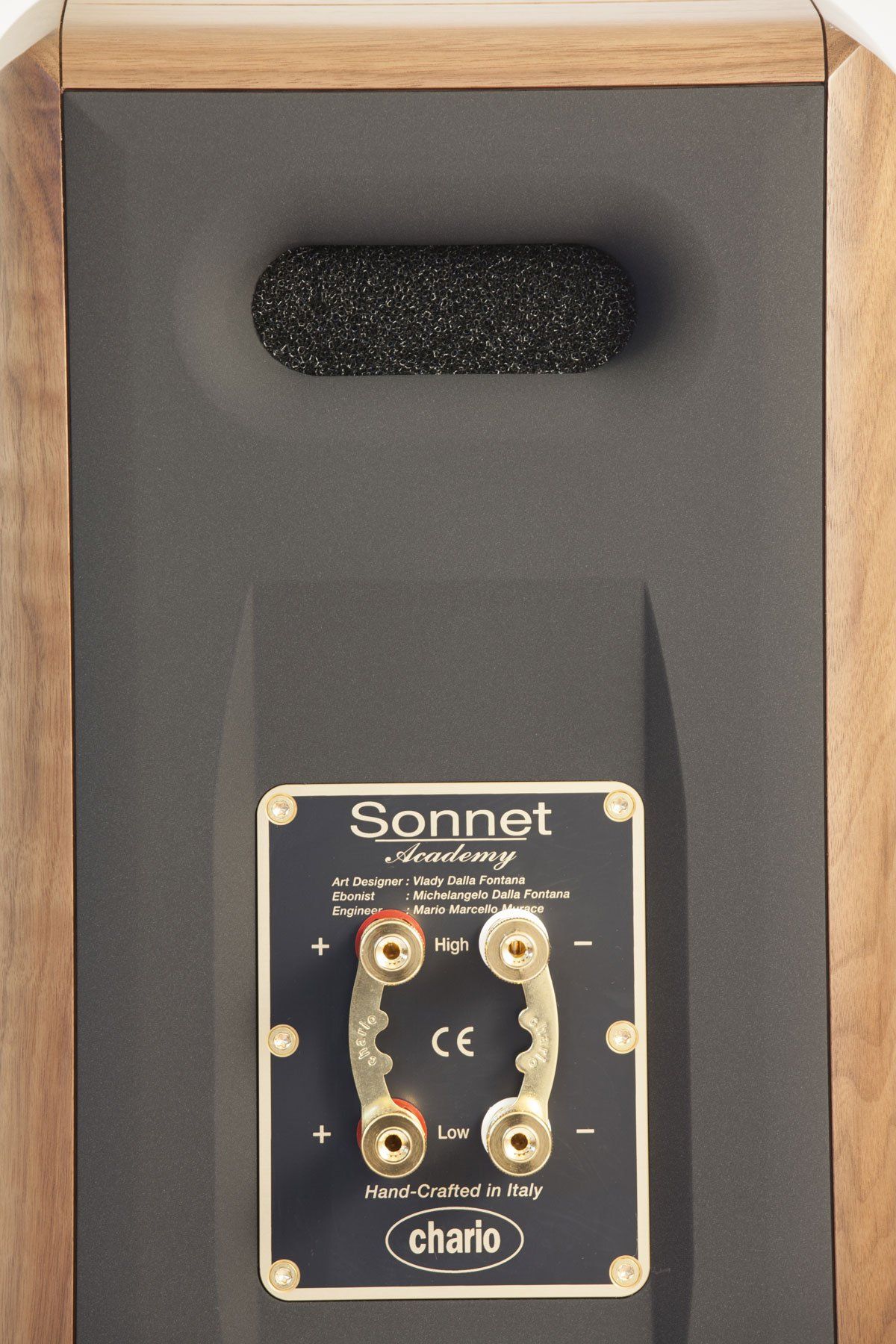
Reversed Array
Two-way bookshelf systems usually have the tweeter in the upper position of the cabinet.
If the designer is also aiming for time alignment of the two transducers, the plinth must be given a suitable back tilt.
Sonnet fits in with this principle except that the tweeter is underneath. That’s the explanation why the cabinet should be tilted forwards.
Perhaps the solution to the Riddle lies in the Sonnet operating theory of approaching issues that common sense isn’t aware of…
The Riddle
Academy Sonnet
Although the compromises required make this sort of design almost impossible, Sonnet offers a solution to bypass the Laws of Physics.
To integrate this strict definition, while we can safely say that we perform miracles to do our best at Chario Loudspeakers, we are nonetheless proud to say that we are strangers to miraculous designs.
Two-way bookshelf systems usually place the tweeter in the uppermost region of the speaker’s cabinet.If the designer is also aiming for synchronization of the two transducers, the plinth must be given a suitable back tilt.
Sonnet inverts this principle by affixing the tweeter below. Hence, the cabinet should be tilted forwards.




